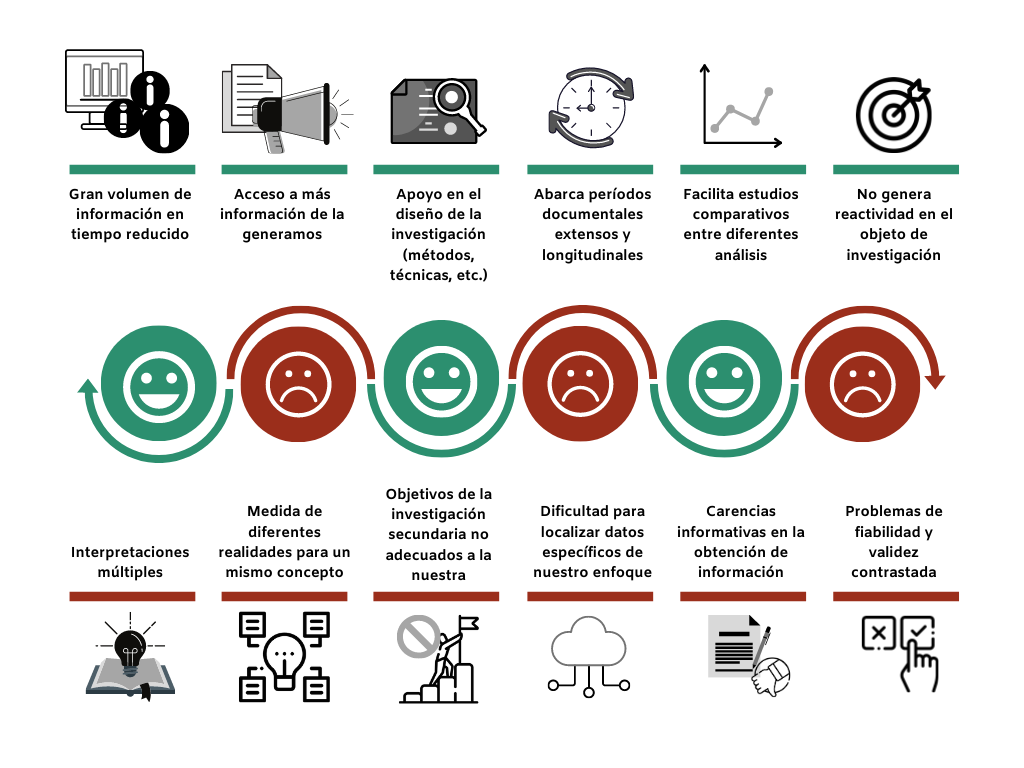Author: Arantxa Vizcaino – Translation: Erika-Lucia Gonzalez-Carrion
As we have read previously, starting a scientific article involves a series of reflections on the idea and the process of formulating the research question. Once the approach has been defined, we can begin the emptying of information in order to orient the study towards the main (and fundamental) theoretical bases. In the review of literature, we must take into account two types of sources: primary and secondary. The documents related to the primary source deal with original data, the result of a pioneering intellectual work: books, empirical articles, official documents from government institutions, technical reports, patents, etc. In the case of the secondary source, we find organized information resulting from the analysis, reconfiguration and interpretation of documents published in the academic, institutional and informational spectrum. Both possibilities are applied in scientific studies. However, we can find a series of issues that encourage a restricted use of secondary sources (see figure).

These advantages and disadvantages ratify the reason why, in sum, we should not abuse secondary sources in our investigations. So these bases can become a guide for the search and location of primary studies, and not so much for their constant referencing.
Therefore, it is important that, before starting to structure our sources in the main bibliographic managers (Refworks, EndNote, Mendeley…), we bear in mind the following guidelines:
- Learn to identify primary and secondary sources.
- On secondary works, try to locate the original source to read and analyze the data without interpretations or intermediaries.
- Use secondary sources only when the original cannot be accessed, when resources are limited, or when the source is reliable.
